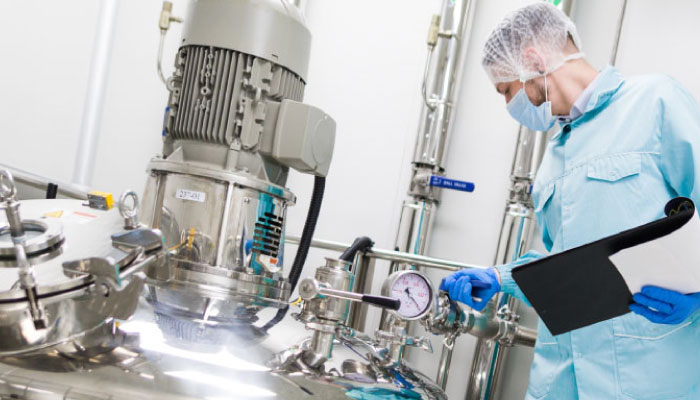The aircraft and aerospace industries have embraced AS9100, AS9110 and AS9120 as critical tools for improving  quality and on-time delivery within their supply chains. Most of the major aircraft engine manufacturers require these certifications for their suppliers.
quality and on-time delivery within their supply chains. Most of the major aircraft engine manufacturers require these certifications for their suppliers.
Benefits of certification to AS9100 global industry standards include:
- A qualification to supply major aerospace manufacturers.
- Easy integration into existing quality management systems as the AS9100 standard is based on ISO 9001, with additional, industry critical criteria.
- Access to the best practices of the aerospace industry for quality and traceability to help reduce operational risk.
- Enhance marketability of your products and services through third-party proof of your commitment to deliver high-quality products and services.
- A focus on customer satisfaction: performance objectives must be aligned to customer expectations.
- Access to global markets through international recognized certification
Why the changes?
All standards for through a regular update to bring them in line with industry changes and developments in technology, the 9100 series is being updated as well:
- Incorporate changes to the ISO 9001:2015
- Consider aviation, space and defence stakeholders’’ needs
- Incorporate clarifications to the 9100 series requested by IAQG users since the last version
The standard will focus on adding clarity and enhancing ease of use, while addressing industry and stakeholders needs.
What Quality Assurance Personnel should do?
- Become Informed:
- Become familiar with ISO 9001:2015
- Purchase the AS9100:2016 standard and begin to understand it
- Understand difference between the 2016 version and previous versions
- Begin Planning:
- Customers have three years from the publication to transition to the new standard
- Communicate:
- Communicate changes to you team, top management, organization and interested parties
Transition Updates: To meet registrar’s requirements by Jan 2017
- Duration is required to be increase for all audits, to ensure an effective review of the current standard(s) and new standard(s)
- The amount of increase will depend on factors:
- The type of audit
- Client specific risk factors
- Client specific level of readiness
Note: Anticipate readiness by Q1 of 2017. Through 15 June 2017, the client organization has the choice of standard use. After June 15, all audits must be conducted to the new standard.
For regular updates on critical tools for improving quality and on-time delivery, subscribe to our online monthly newsletters to stay updated with all the news and updates impacting manufacturers around the country. Our writers are industry veterans, and bring readers vital information related to their manufacturing; like about QMS, root cause analysis, ISO implementation and more. Join now and stay ahead.



